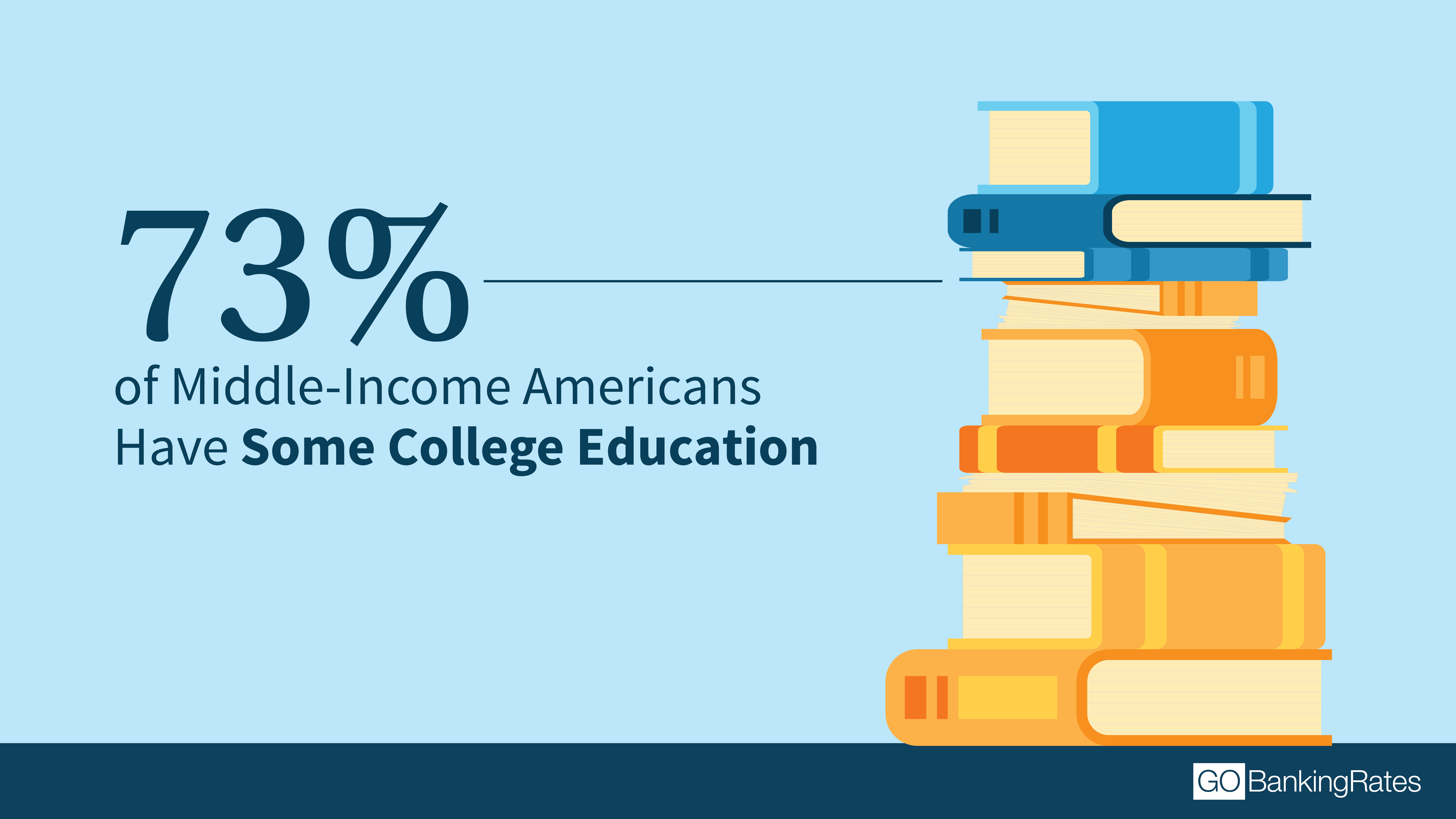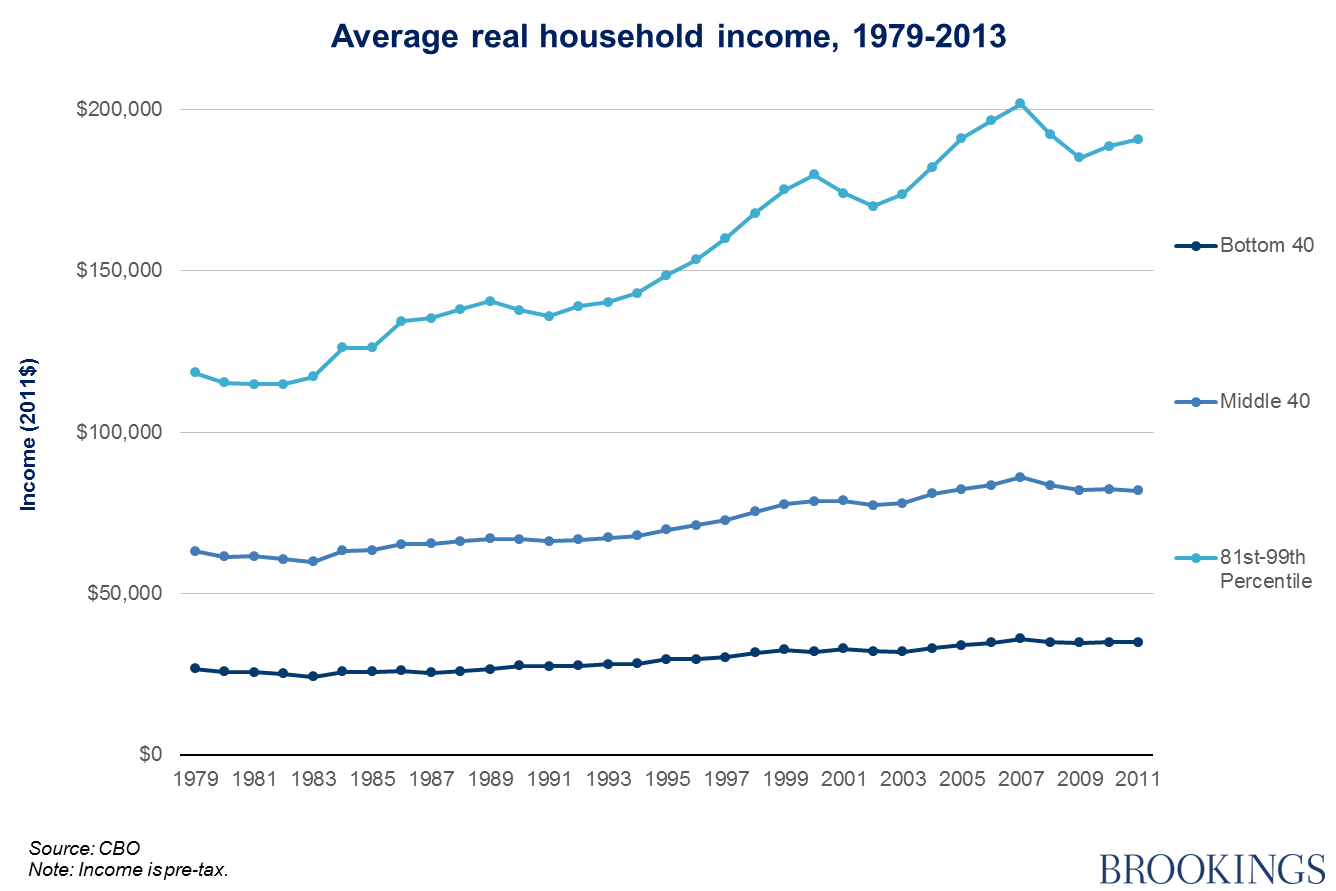
By contrast, not just poor but also working-class Americans face rising rates of family instability, single parenthood, and life-long singleness. College-educated and more affluent Americans enjoy relatively strong and stable marriages and the economic and social benefits that flow from such marriages. When it comes to marriage and family life, America is increasingly divided.
#Class by income download
Go here to read or download the full brief. Learn more by exploring our interactive calculator.Editor’s Note: This research brief is an edited version of a research brief prepared for the Opportunity America-AEI-Brookings Working-Class Group. There’s a lot more we could say about how the cost of living depends entirely on where you live. It’s perfectly fine to slip into the middle class. That means it’s harder for well-off people to provide the same standard of living the more children they have, because, well, it’s so expensive.Īll of which goes to show the dangers of “keeping up with the Joneses.” If you’re in the upper-income range and you and your spouse decide to have a second child, you don’t have to go out and earn another $29,000 just to stay in the same income range.

The amount jumps another $21,000 to $152,092 for households of 3, and an eye-popping $181,496 for a family of 4. A single adult at the low end of the upper-income range making $103,200 would need to make $131,078 as a household of 2 people to stay at the same level. The gap between middle- and upper-income households grows the more people join a household.


The same thing happens at the opposite end of the income spectrum. In other words, having a second child means you need to earn about $10,000 more just to stay at the same level, much less climb higher. And for two breadwinners and a pair of kids, the level goes even further up to $60,499. For a household of 3 people, it goes higher to $50,697. Having a child or getting married raises the bar to middle class entry to $43,693. Regardless, our visualization demonstrates that adding more people to your household increases the amount you need to earn to enjoy the same standard of living. Does the college grad who makes six figures but lives in a big city with $100,000 of student loan debt feel like he or she is in the upper class? What about the single adult making $90,000 in West Virginia, where the cost of living is cheap? Doesn’t that qualify as an “upper income”? It all depends on the cost of living for where you live in particular. In reality, much of this depends on where you live and how much debt you’re paying off. Anyone earning under $34,400 is considered in the lower income range, and anyone making over $103,200 is in the upper class. Things are relatively simple for single working adults with no children. And in fact, the size of your family is directly correlated with how much you need to earn to stay afloat. We plotted family size against the income range required to be in the lower, middle and upper classes, letting you easily see how much money people need to make to be at opposite ends of the income spectrum. It turns out household size is a major determiner of status in the lower, middle and upper classes. You probably think you are, according to new research from the Pew Research Center, but that doesn’t necessarily mean you’re right.


 0 kommentar(er)
0 kommentar(er)
